Protect Your Foundation by Sealing the Base of a Brick Wall
In today’s blog article we’re going to look at a series of different pictures of three different exterior brick masonry walls. All three of these walls happen to be historic brick walls adjacent to relatively modern or at least contemporary types of concrete paving.
We are going to discuss two different types of issues, permeation and perimeter sealing, which sound related and do have a degree of interconnectivity, but these issues can be both managed together in some ways and separately in other ways.
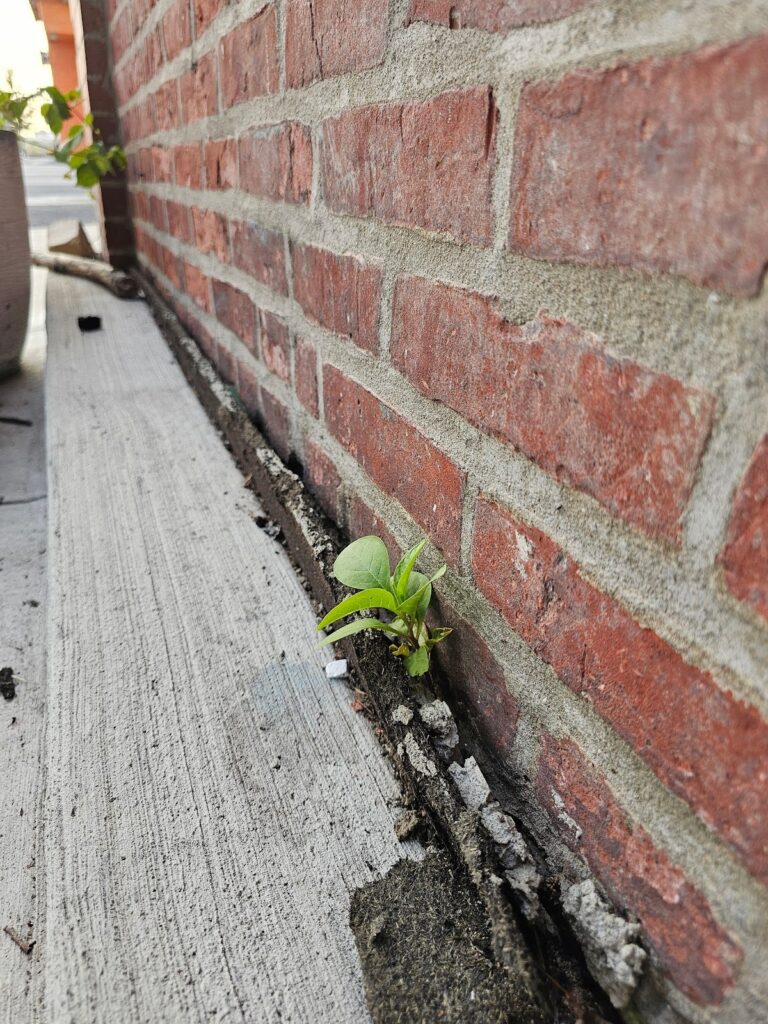
Concrete, despite its apparent solidity, actually has a porous structure at the microscopic level. This porosity comes from the framework / network of voids and capillaries within the concrete matrix. These voids are formed right as the initial hydration process takes effect when the concrete is mixed. Water reacts with the cement to form a linking / bonding network of expanding crystalline structures, on a molecular level. This crystalline structure is what makes concrete turn rock hard as it cures after hydration.
The size and distribution of the voids in the concrete mixture will affect the permeability of concrete. Smaller voids tend to reduce permeability, while larger voids and interconnected capillary pores not only facilitate but actually encourage water penetration and associated absorbtion.
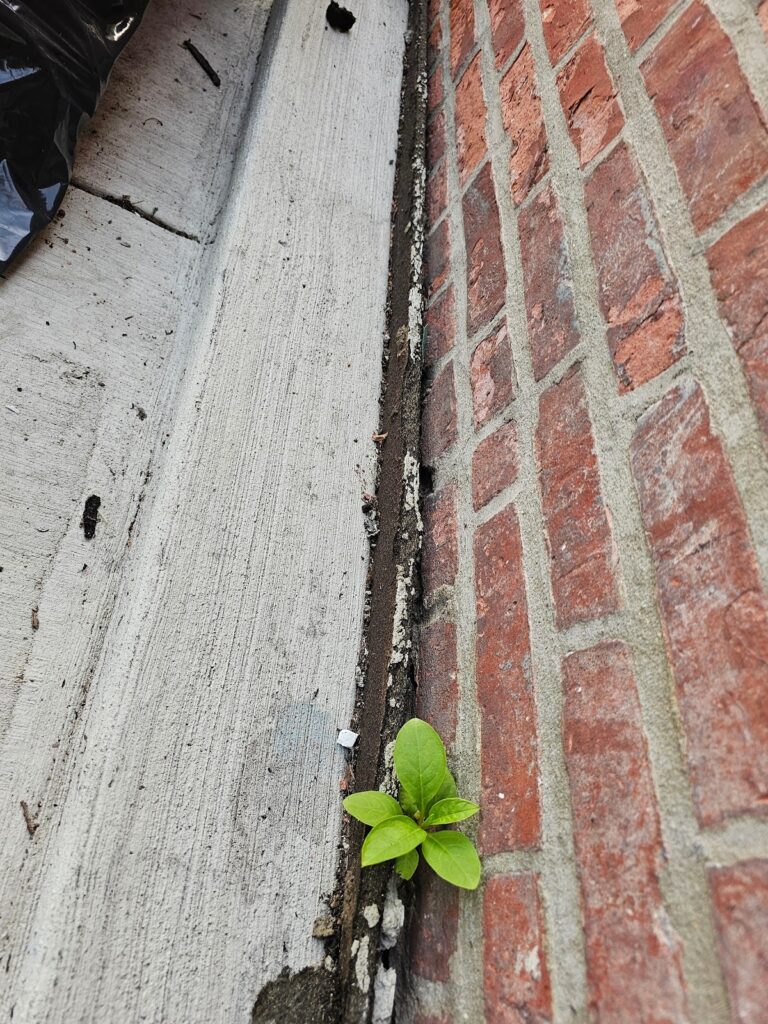
The same concept can be visualized from thinking of it like a sponge. Although a sponge, itself, can start completely dry, when in contact with water, because of the physical form of the sponge, the sponge will actually absorb and encourage water to enter into its matrix or framework, as the water is sucked up by the sponge.
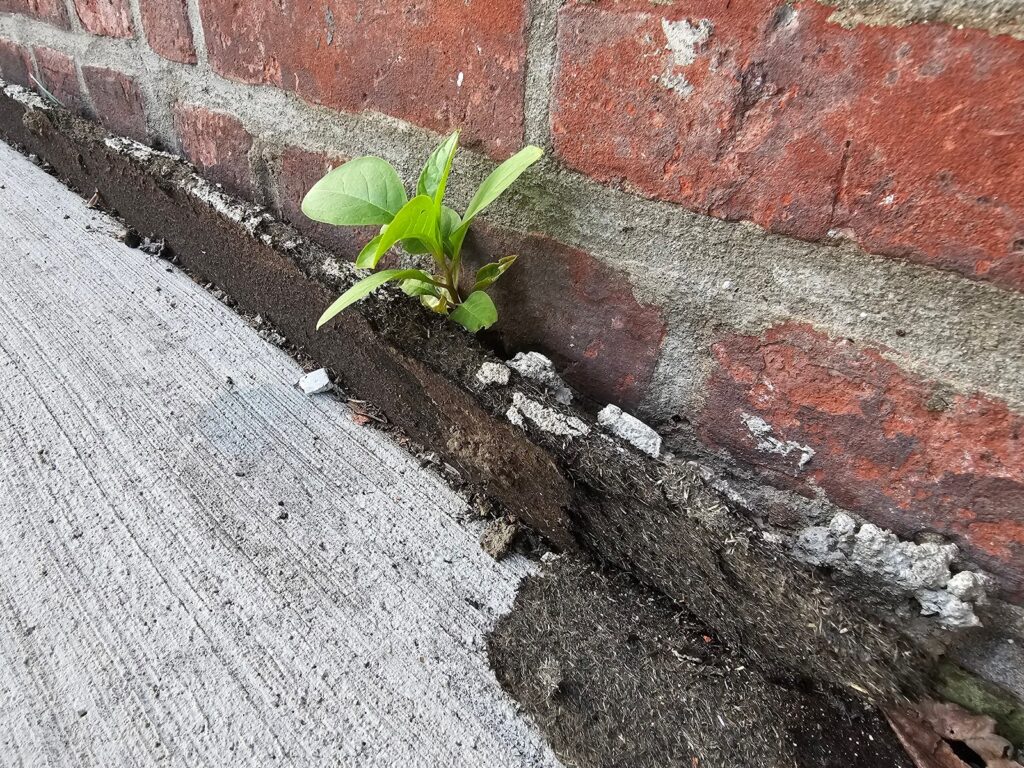
When water comes into contact with the concrete surface, it can permeate through these pores and capillaries, gradually migrating deeper into the material. The rate of water penetration depends on a variety of factors, including the porosity of the concrete, the water pressure, and the presence of cracks or other defects. In most cases, when we speak about water pressure, we’re normally specifically referring to the pressure of water in a closed piping system. In the case of concrete though, since it is an open system, it works a bit differently. The adjacent grade, the amount of foundation or underground water pressure and or level, and other factors can affect the absorption of water into concrete.
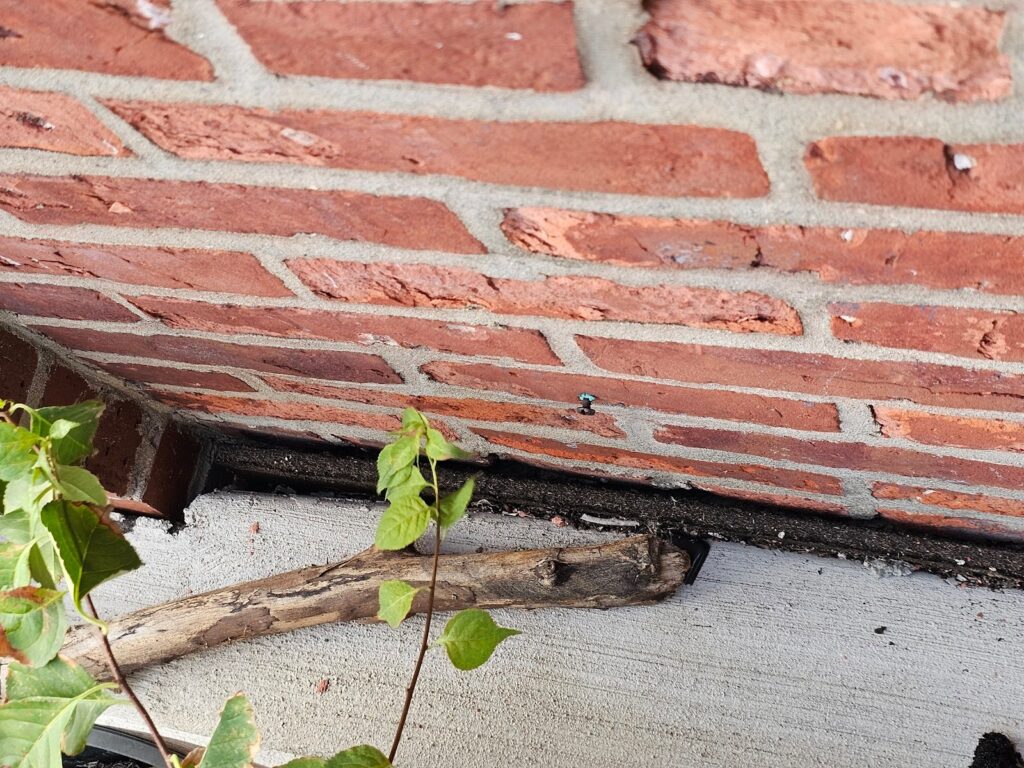
Water pressure, in the context of plumbing, makes simple sense. In this particular case though where we are talking about the pressure of water in terms of permeation in exterior concrete paving or cementitious type of wall construction, or really mostly talking about the type of water pressure known as head pressure. As water builds up, the more volume and the amount of vertical buildup affect the head pressure and the higher the head pressure, in other words the higher the amount of buildup, the water will have a greater tendency and force to permeate into adjacent materials.
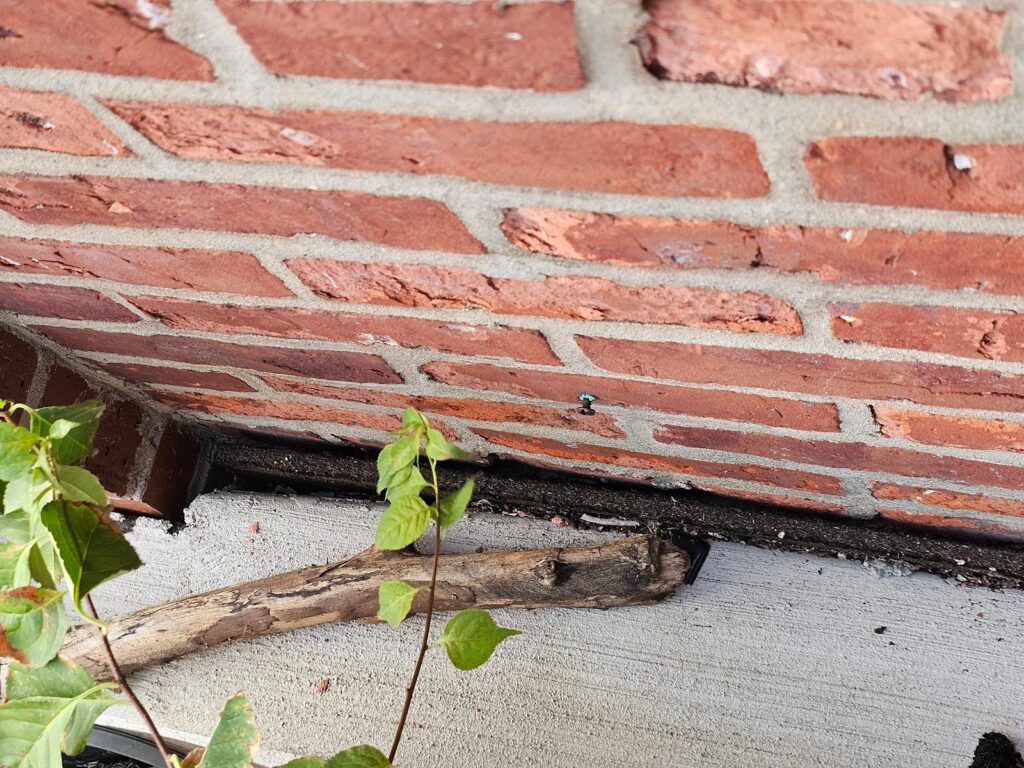
Over time, continuous exposure to water will invariably lead to deterioration of the concrete, as water will slowly dissolve certain components and contribute to the growth of microorganisms. To mitigate water penetration and improve the durability or longevity of concrete structures, a variety of techniques can be used to help. The most important methods of improving resistance to permeation include proper grading and sealing perimeters to reduce the amount of exposed surface areas.
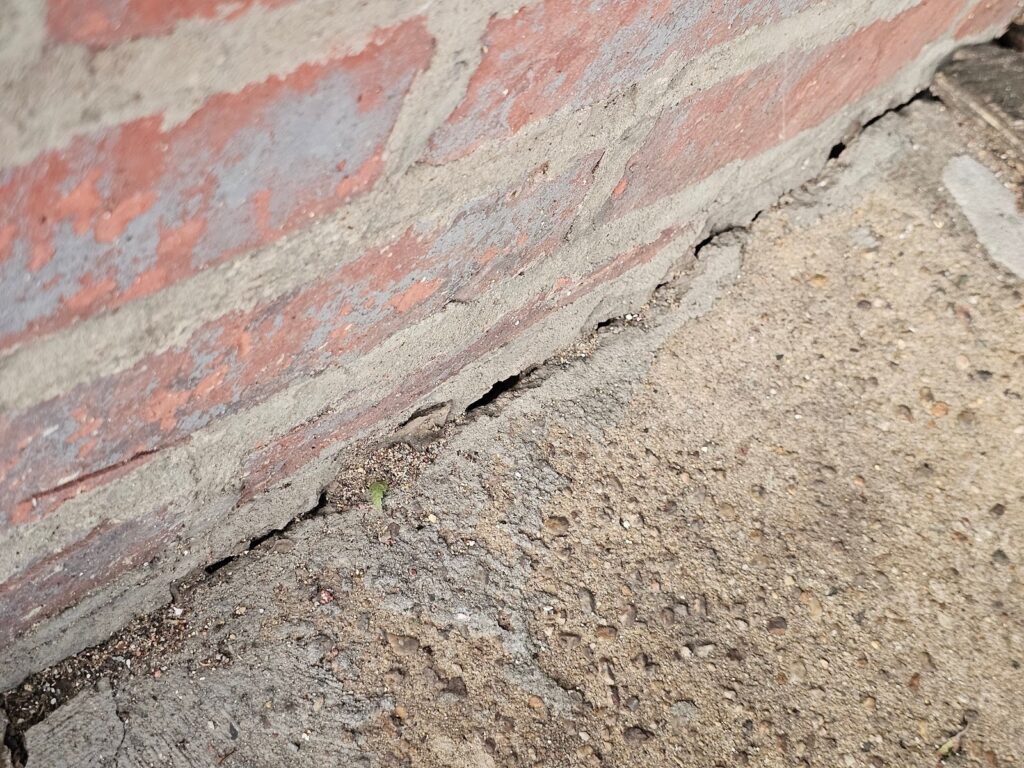
In this coming week, we’re going to look at examples of how the open joint between the base of the wall and the adjacent concrete can both be caused by subgrade compression and or reverse grading and also cause more of the same issues to continue to occur which leads to a vicious cycle.
Our company, Dupont Tuckpointing and Masonry, specializes in masonry restoration, historic brick repointing, and tuckpointing services in the Washington D.C. area. These buildings are uniquely historic, and their preservation requires skilled masons who are technically trained in the best practices and knowledge of proper restoration techniques.
We understand the significance of maintaining the architectural integrity of these historic structures, and our team of experienced professionals is dedicated to delivering exceptional craftsmanship. Whether you require masonry restoration, tuckpointing, or brick repointing services, we are here to help.
At Dupont Tuckpointing and Masonry, we take pride in our work and strive to ensure that every project is executed with the utmost care and attention to detail. We are committed to preserving the rich heritage of Washington D.C.’s built environment for generations to come.
If you have any questions or needs regarding masonry restoration, historic brick repointing, or tuckpointing services, please do not hesitate to reach out to us. We would be delighted to assist you and provide you with the expertise and quality workmanship that your historic property deserves.You can reach us by telephone at (202) 796-7644 and you can reach us by email from the contact form on our website at https://duponttuckpointingmasonrydc.com/contact-us/.




